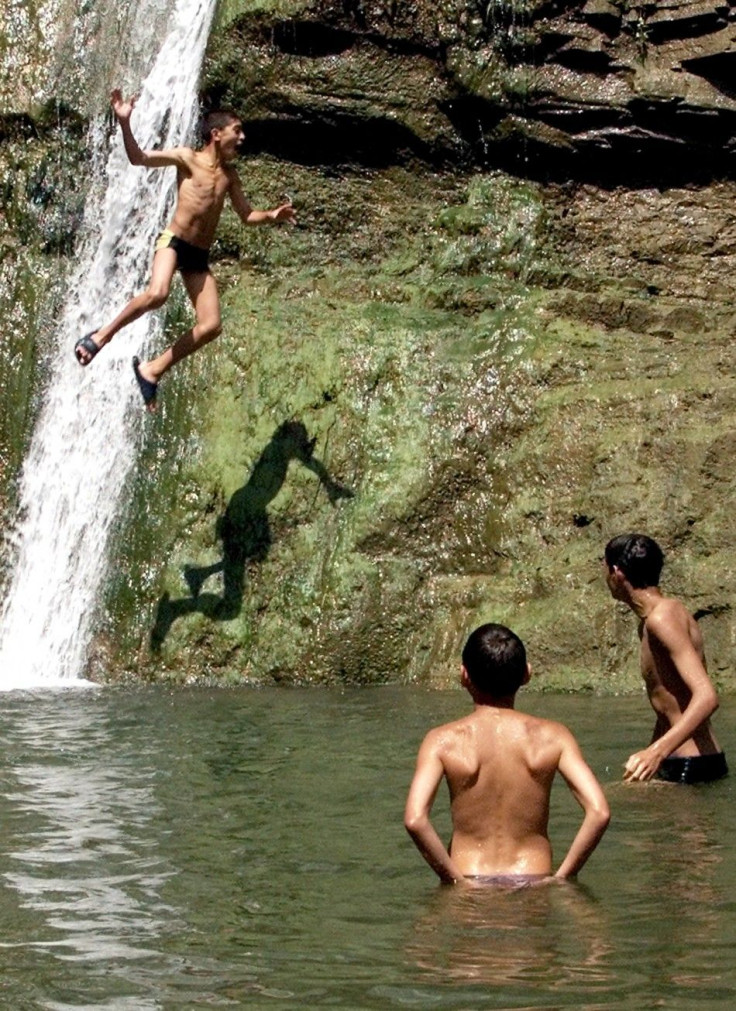Brain-Eating Amoeba: Five Things to Know About the Deadly Disease

Another person's life has been taken from a rare, crippling disease called Naegleria fowleri or better known as a brain-eating amoeba.
Courtney Nash, a 16-year old teen from Brevard County, Fla., is the latest person to fall victim to the disease. Nash may have been infected from the amoeba when taking a dip in a nearby river. This is the third case of Naegleria fowleri claiming the life of someone this summer. A 9-year old from Henrico County, Va. and another person (age unknown) died in Louisiana.
The last time Naegleria fowleri was this prominent in the news was when six people died from it back in the Summer of 2007. The brain-eating disease causes headaches, stiffness, fever and nausea before leading to almost-certain death. Of those who are infected with Naegleria fowleri, 95 percent die.
Here is some information on Naegleria fowleri that will help concerned parents and other citizens curb their worries on the disease.
- Rare: Naegleria fowleri is a rare disease. From 2001 to 2010, a mere 32 infections were reported in the U.S. says the Center for Disease Control (CDC). Of those cases, 30 were found in contaminated recreational water and two were from from a geothermal (naturally hot) drinking water supply.
- Southern Waters: Infections usually occur in the summer months and in southern-tier states. It can occur in other locations, but it's rare. It usually comes after a prolonged period of hot weather. This causes higher water temperatures and lower water levels. The CDC recommends avoiding water-related activities in warm freshwater during this prolonged periods of hot weather.
- Contaminated Water No Go: Quite simply, you cannot get the brain-eating amoeba from drinking contaminated water. There are rare cases of this happening, but that water has come from other sources such as water from an inadequately chlorinated swimming pool.
- Enters Through The Nose: Naegleria fowleri typically enters through the nose after a person has dived into a fresh body of water. It then spreads throughout the rest of a person's body. The CDC says the best bet is to hold the nose shut or use nose clip when diving into this fresh water.
- Not Routine: The CDC and other organizations have had a hard time tracking and getting a consistent read on this brain-eating amoeba because of it varies from location to the number of amebae. It can take weeks to identify the ameba. CDC says because of the rareness of the disease, swimmers should assume there is always a low level of risk when entering warm freshwater.
© Copyright IBTimes 2024. All rights reserved.











